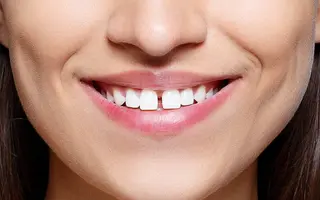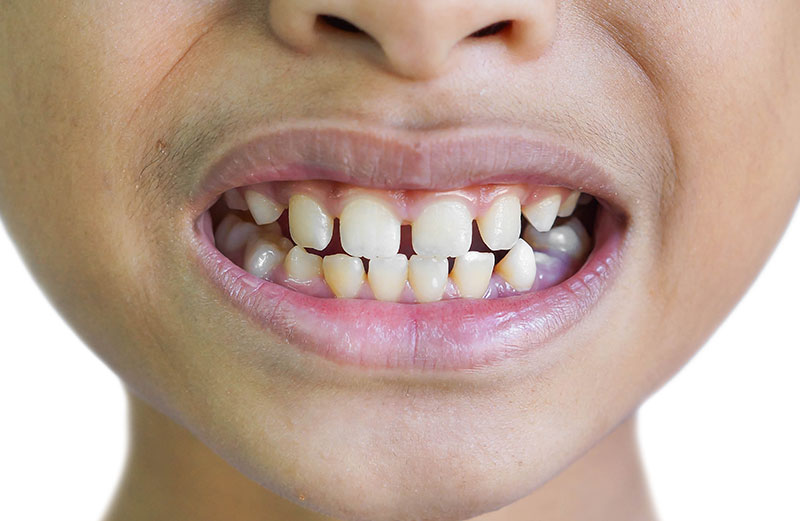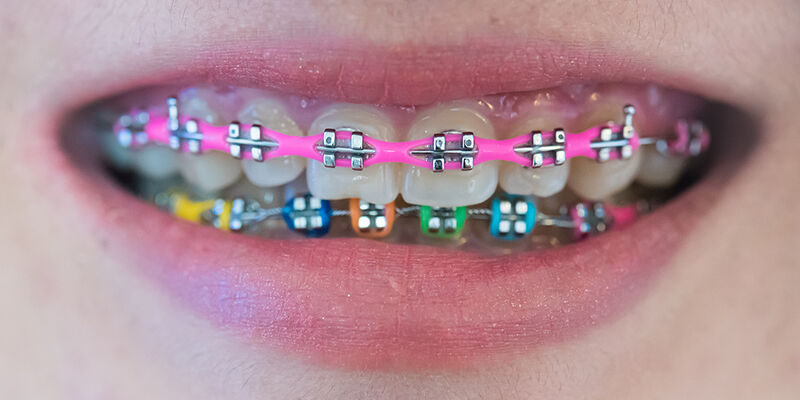Why do i suddenly have a gap between my teeth

Experiencing a sudden gap between your teeth can be concerning and puzzling. This comprehensive guide explores various potential causes of why gaps might appear suddenly, the associated symptoms, when to seek professional advice, and treatment options available.
Understanding Sudden Gaps Between Teeth
A sudden gap between teeth, also known as diastema, can occur for several reasons, ranging from dental issues to habits and structural changes. Here are some common factors to consider:
1. Dental Shifts Due to Age
As we age, our teeth can naturally shift due to various factors such as changes in jawbone structure, tooth wear, and habits like teeth grinding (bruxism). These shifts can sometimes result in noticeable gaps between teeth that were previously close together.
2. Gum Disease (Periodontitis)
Gum disease, particularly in its advanced stages known as periodontitis, can cause gums to recede. When gums recede, it exposes more of the tooth’s root and can lead to gaps between teeth. This condition requires prompt treatment from a dentist to prevent further damage to teeth and gums.
3. Tooth Loss or Extraction
The loss of a tooth, whether due to extraction or trauma, can cause neighboring teeth to shift position over time. This movement can result in gaps between teeth where the missing tooth once was, affecting both appearance and function.
4. Bone Loss in Jaw
Bone loss in the jaw, often associated with conditions like osteoporosis or periodontal disease, can impact the stability and alignment of teeth. As bone density decreases, teeth may shift or become more prone to spacing issues, including sudden gaps.
5. Orthodontic Issues
In some cases, underlying orthodontic issues such as malocclusion (misalignment of teeth and jaws) or a discrepancy in tooth size can contribute to sudden gaps appearing between teeth. These issues may require orthodontic treatment to realign teeth and close gaps effectively.
6. Teeth Grinding (Bruxism)
Persistent teeth grinding, particularly during sleep, can exert significant pressure on teeth. Over time, this can lead to changes in tooth position and spacing, potentially causing gaps to develop where teeth were once aligned.
7. Habits and Lifestyle Factors
Certain habits like tongue thrusting, thumb sucking (in children), or using teeth to tear open packages can exert force on teeth, leading to gradual movement and potential gaps. Lifestyle factors such as poor oral hygiene or smoking can also contribute to gum disease and subsequent tooth movement.
Symptoms Associated with Sudden Gaps Between Teeth
Alongside the appearance of a gap, individuals may experience accompanying symptoms that vary depending on the underlying cause:
- Increased Sensitivity: Teeth may become more sensitive to hot, cold, or sweet foods and drinks.
- Gum Recession: Noticeable recession of gums around affected teeth.
- Changes in Bite: Uneven bite or difficulty chewing certain foods.
- Tooth Mobility: Teeth may feel loose or shift slightly when biting or chewing.
When to Seek Professional Advice
If you notice a sudden gap between your teeth or experience any associated symptoms, it’s essential to seek prompt evaluation from a qualified dentist or orthodontist. Early detection and treatment can prevent further dental issues and improve the likelihood of successful treatment outcomes.
Signs that warrant professional evaluation include:
- Pain or Discomfort: Persistent pain or discomfort around the affected teeth or gums.
- Bleeding Gums: Gums that bleed easily, especially during brushing or flossing.
- Visible Changes: Noticeable changes in the alignment or spacing of teeth.
- Persistent Bad Breath: Chronic bad breath that doesn’t improve with oral hygiene practices.
Diagnosis of Sudden Gaps Between Teeth
To diagnose the cause of sudden gaps between teeth, a dentist or orthodontist will perform a thorough evaluation, which may include:
- Visual Examination: Assessing the alignment and spacing of teeth.
- Dental X-rays: X-rays can reveal underlying issues such as bone loss, tooth positioning, or signs of gum disease not visible to the naked eye.
- Periodontal Probing: Measuring the depth of spaces between teeth and gums to assess gum health.
- Medical History Review: Discussing any recent changes in oral hygiene habits, medications, or health conditions that may contribute to dental changes.
Treatment Options for Sudden Gaps Between Teeth
The appropriate treatment for sudden gaps between teeth depends on the underlying cause identified during diagnosis. Treatment options may include:
1. Orthodontic Treatment
- Braces: Traditional braces or clear aligners like Invisalign can gradually move teeth back into alignment and close gaps.
2. Dental Restorations
- Dental Bonding: Using tooth-colored composite resin to fill in gaps and improve dental aesthetics.
- Porcelain Veneers: Custom-made porcelain shells bonded to the front of teeth to cover gaps and improve smile appearance.
3. Periodontal Treatment
- Scaling and Root Planing: Deep cleaning to remove plaque and tartar from below the gum line and smooth root surfaces to encourage gum reattachment.
- Gum Grafting: Surgical procedure to replace lost gum tissue and cover exposed tooth roots.
4. Implants or Bridges
- Dental Implants: Surgically placed artificial tooth roots to support crowns or bridges, replacing missing teeth and closing gaps permanently.
- Dental Bridges: Pontics (artificial teeth) attached to crowns placed on adjacent teeth to fill gaps caused by missing teeth.
5. Management of Contributing Factors
- Orthodontic Appliances: To correct habits like tongue thrusting or thumb sucking contributing to teeth movement.
- Night Guards: Custom-fitted oral appliances to protect teeth from damage caused by bruxism (teeth grinding).
Prevention of Sudden Gaps Between Teeth
To prevent the development or recurrence of gaps between teeth, practicing good oral hygiene habits and maintaining regular dental check-ups are crucial:
- Brushing: Brush teeth twice a day with fluoride toothpaste and a soft-bristled toothbrush.
- Flossing: Clean between teeth daily with dental floss or interdental brushes.
- Regular Dental Visits: Schedule dental check-ups every six months for professional cleaning and oral health assessment.
- Healthy Lifestyle Choices: Avoid habits like smoking and maintain a balanced diet to support overall oral and systemic health.
Conclusion
Experiencing a sudden gap between teeth can be a concerning issue with various potential causes. Understanding the underlying factors contributing to dental changes is essential for timely diagnosis and effective treatment. Seeking prompt evaluation from a qualified dental professional is recommended to address sudden gaps between teeth, restore dental aesthetics and function, and prevent further oral health complications. With appropriate treatment and preventive measures, individuals can maintain a healthy smile and enjoy improved oral well-being for years to come.
Related to read:
Best Oral Hygiene Practices For Optimum Oral Health.
How to Whiten Teeth Naturally?
How to keep your gums healthy and disease-free?
References
To ensure the information provided is accurate and up-to-date, the following sources were referenced:
- American Dental Association. (n.d.). Plaque and Tartar. Retrieved from ADA website
- Mayo Clinic. (n.d.). Dental Plaque. Retrieved from Mayo Clinic website
- National Institute of Dental and Craniofacial Research. (n.d.). Periodontal (Gum) Disease. Retrieved from NIDCR website








